Time passes Animated Gif by The DS106 Shrink for Gif it…
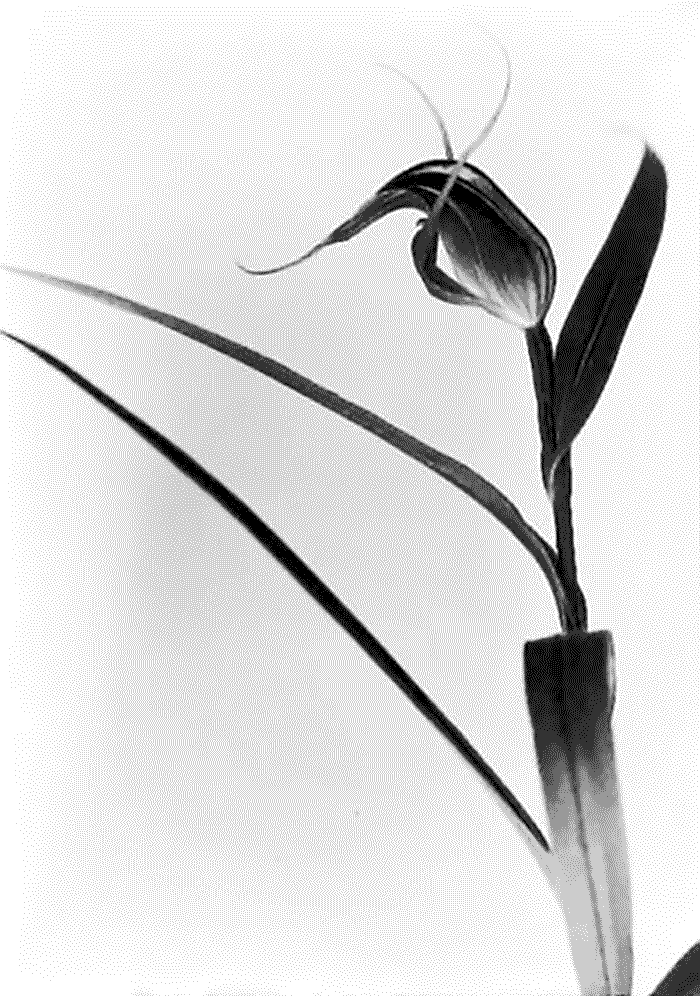
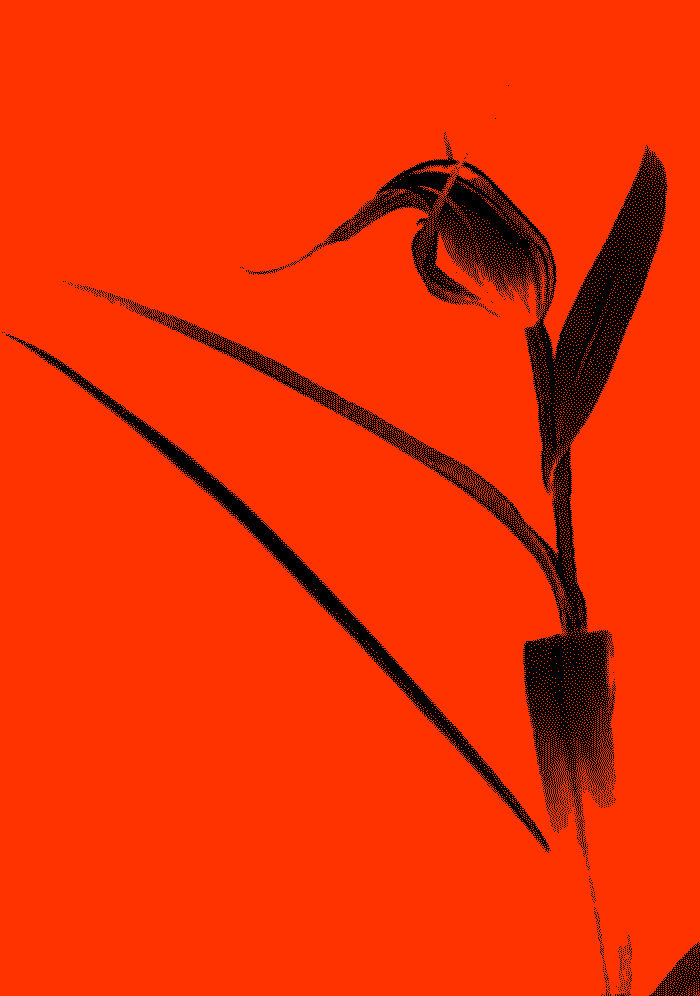
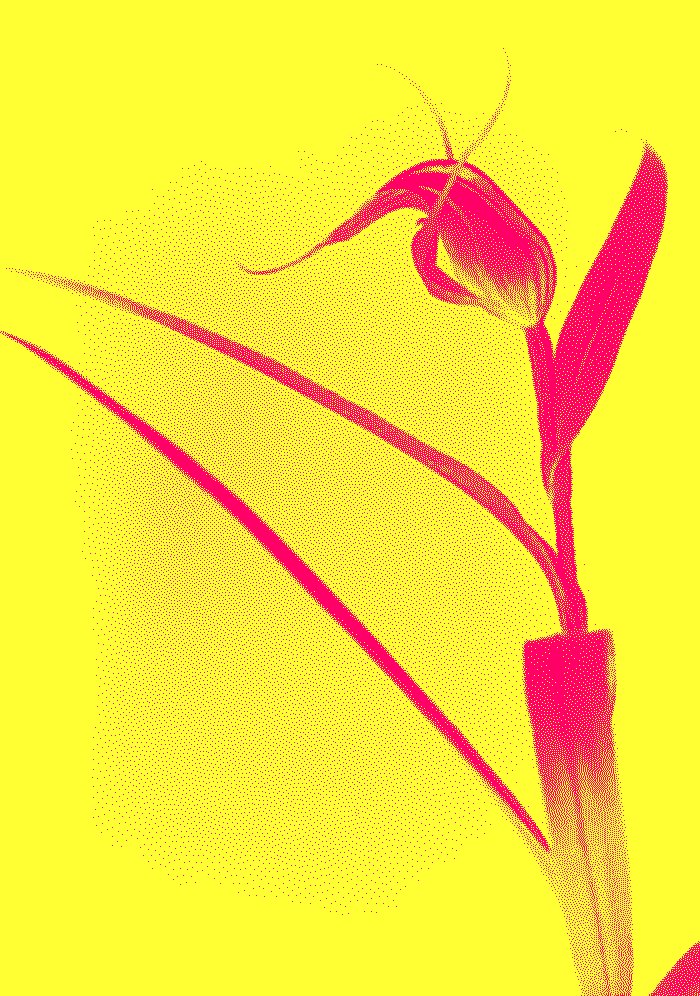
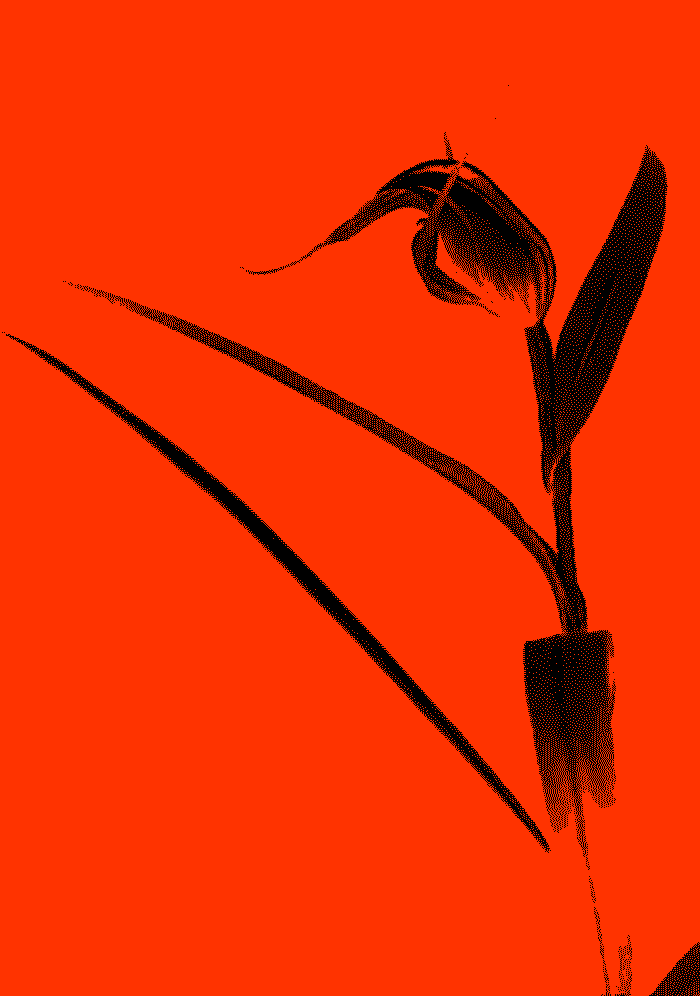
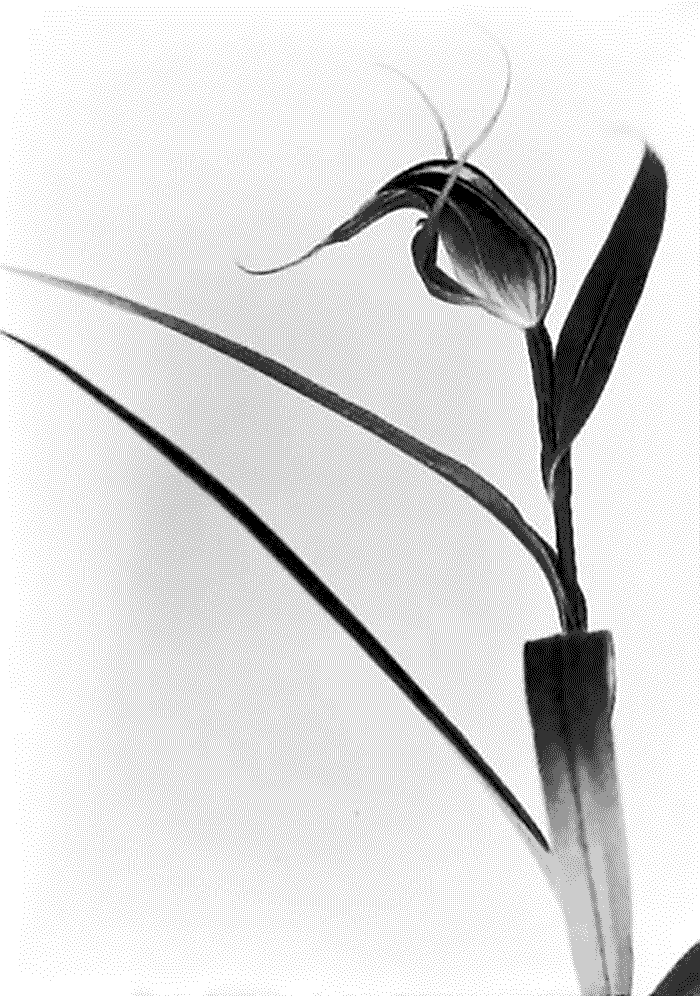
Time passes
Animated Gif by The DS106 Shrink for Gif it Up
Source image from the Museum of New Zealand





Time passes
Animated Gif by The DS106 Shrink for Gif it Up
Source image from the Museum of New Zealand

“The wire” a poem by Melinda Albrycht
DS106 Art on the couch - critique
When I first heard the poem on sound cloud it was the voice, the depth of the voice that stood out for me the most. I wondered how to do an art critique with audio art. So I went googling. I guessed that music might offer some constructs to comments.
From my explorations I get that the tempo of the voice is steady and this is what brings me in. The monophonic nature of the voice has a hypnotic effect and I also notice, on hearing again, that there is a rhythm to Melinda’s voice as she read her poem, it becomes almost a song.
Is this what people refer to as a melodic voice? When she talks about the losses in the game, one can almost tap to ‘the music’ of her voice. Repetition is used to great effect in this part of the poem to create the sense of hopelessness in playing this game.
I found it interesting to compare the written words with the performed words. ‘Look again’ says the text. ‘Look again, player.’ says Melinda’s voice. ‘Player’ added to keep the rhythm in the voice I am guessing.
The last part of the poem has a different tempo. I am not sure how to interpret that, I just noticed it. I notice the change comes when she says ‘Look again’. May be this looking again gives new information and this is shown by the change in tempo in the quality of the voice and the cadence of the words?
The voice is used to convey the emotion of the words. The contrast between the possibilities when we play a game is marked with the change in tone. As we are losing the game, the option comes up to win it. But if you think you can win it, think again. Nobody does. Can I win? Will I lose? Can I leave the game? There really is only one choice, if you play on the wire you will always lose.
It is that dangerous.
The poem starts with ‘walking the wire’ and ends with ‘playing on the wire’. A way to bring closure to it? a kind of circle that keep going in a never ending cycle of despair?
The poem has a realistic and expressive style.
Unless you have seen the TV series, ‘The wire’ and what the wire is is hidden from the composition. Yet it stands alone as a description of a kind of life style that leads to the destruction of life. Anyone ‘hanging by the wire’ is in danger. The poem brings up despair and hopelessness blended with a sarcastic ‘gotcha’ flavour - just think again, player.
And now for the informal critique: I thought it was so bloody good (as we say in the UK, Melinda) that I wished I had written it myself.
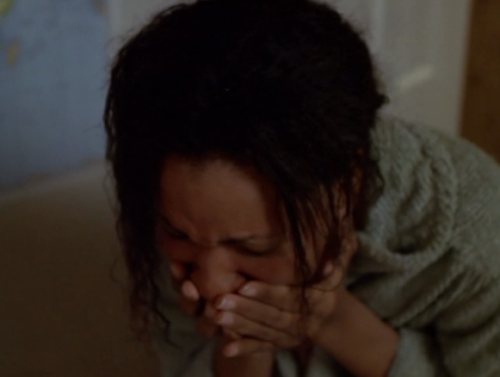
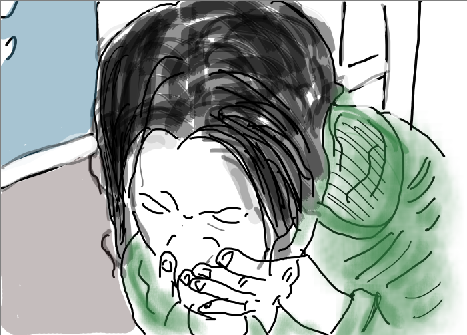
"Sketch a Screenshot" by Lauren Brumfield
DS106 Art on the couch - critique
The similarity between the screenshot and the sketch stands out once you put the two pieces together. Yet what drew my attention to the sketch initially were the colours and the emotion it expressed. It was not until I went to see the original from our DS106 site that I learnt it was a ‘sketch a screenshot’ assignment.
The contrast between the dark hair and the green clothes say ‘extreme’ to me. The centrality of the subject and the ‘close up’ style say ‘high drama’ to me. As I keep looking the expression of the eyes jumps out at me; the stark sketching lines speak of a ‘stark’ state of mind in the subject. The stark contrast seems to be between green, white, black. This draws attention to the centre of the piece and made me wonder what is wrong with her.
As I focus on the centre, I want to pull away from the piece. Too distressing to ‘stay’ in the artwork. Yet, there is nothing else in the sketch to focus on, the background is bare. This seems to be how tension is held - the viewer wants to pull away and yet cannot.
A very expressive piece with lots of feeling.
The background and any sense of why the distress of the subject are hiding from this composition. Leaves viewer wondering why the distress and despair. I imagine potential titles for the artwork might be: Why? Make it stop. I can’t take this no more.
Once I saw the screenshot, I could see that it has been faithfully reproduced in the sketch. I am not familiar with the series the screenshot came from. I would be interested to learn if what I ‘took’ from the sketch is in any way connected with what was going on in the episode.
if you want to know why I am doing this and how you can join in, read this post.


Art on the DS106 couch: Veggie Tales
By Bianca Brown Click here to go to it on Flickr.
My first critique
What caught my attention was the bright background blue. Also the contrast between the subject (the cartoon vegetables) and the background. The background seems to take up the largest area in the composition and this is quite striking. I notice the title of the composition and connect that with the subject matter - the cartoon like veggies are smiling and have been anthropomorphised and the composition is titled Veggie Tales.
It seems the artist wants the viewer to think that there is a story behind the photo. The Veggies have many tales to tell. Once you notice the background the next thing that jumps out at you is the big smile on the subject, the Veggies. The shape of the Veggies contrasts strongly. One tall and thin and the other round and short. The red, green and blue are being contrasted to grab the attention.
The two Veggies are connected via the shared green colour. The smile is the also same so the two characters seem ‘related’ in some way. Yet the eyes are different, one round the other oval. There is no symmetry in colour, I half expected some red in the tall Veggie but it was not added by the artist.
The over all style is naive . Like a children’s book illustration. The faces of the characters are expressive but clearly imaginary not realistic. The whole thing is very bright but colours are stark not blended. Sharp lines. The only organic lines are in the top of the tomato which is the colour that is shared by the two characters.
The placement of the eyes seems to suggest that they are looking at something off the scene. Whatever it is the characters are looking at is hidden from the scene but seems to be making the characters smile. So that make one interested in what might happen in the next frame.
The feelings that seem to emerge on looking are: Cheerful, light, simple kids story. What might be other titles for this composition? “The Veggies extraordinary adventures” “The Veggies find their fruit” “The happy Veggies”
Overall what draws me to it are the simple and clean lines. The shape of the frame rectangular not square, somehow adds interest.
Narrate your process
So what was my first critique experience like? Really tough. I got the random daily create and I must admit that I would not normally spend any time looking at variously shaped vegetables. I wanted to keep to my process to find some learning and go against my leanings of wanting to pick something else.
So, I looked at the submissions for this daily create and picked one that drew my attention. I wanted the process of filling in the art critique Google form to be a discovery about why it had drawn my attention.
It worked. I followed the questions as set and kept looking at the piece to answer the questions. The more I looked the more I could see in it even when I had started with a preconception that is was a kind of ‘throwaway’ clip art type image. I would not choose it for my living room, but I understand why it got my attention.
If you want to know why I am doing this Click here
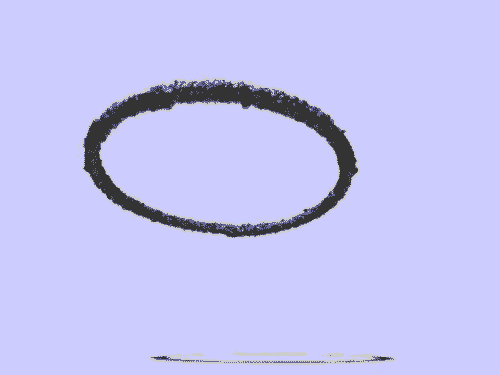
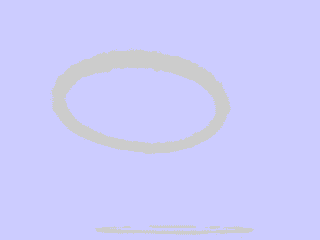
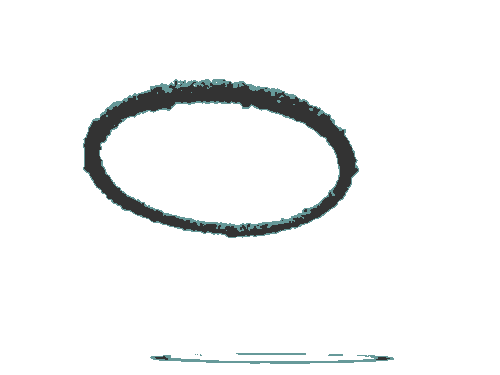
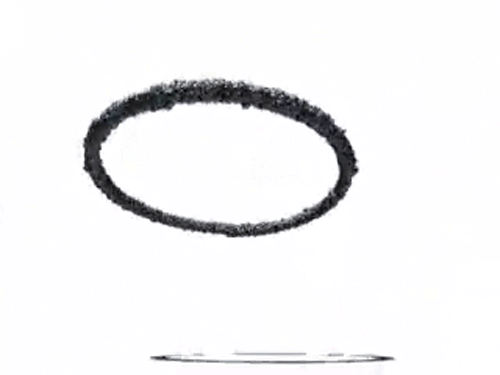
Let’s get the ball rolling
Here is the script from Sarah’s Critique episode of The Art Assignment. I said in my previous post I would post here. Mainly as a quick guide for me to work from when I write my summaries.
"This week I want to talk to you about something that’s been weighing on my mind lately. And that’s the issue of critique. If you spend any time on the Internet, it’s something you come across frequently. If you’re the victim of Internet trolls or if you are an Internet troll, listen up! There is an etiquette to critique that has been in play for a long time in art schools all over the world. Let’s see if we can learn something from that world and apply it in ours.
So here’s how an art critique usually goes: An art student sets up their work to show their teacher, a group of teachers, their friends, their class, or an even bigger group. Then discussion ensues, questions are asked, and criticism is offered. Sometimes things do go awry. Tears are shed and expletives hurled, but it’s usually a civilized affair, and there is an etiquette to these things that I think it would be useful for us to discuss. In relation to The Art Assignment, and to the Internet community at large.
But first, let’s talk about why we should critique in the first place. Because it’s the Internet, and you can anonymously say whatever you want? I’d say no. Because you like to change the minds of the person you’re critiquing? Definitely no. Critique is often most instructive for the person offering it. In looking at other people’s work, and formulating your opinion of it, you’re learning a great deal.
I don’t often see people responding to Internet comments by saying, “Gee, thanks! I never thought about it that way! I agree with you now.” But that’s okay, because it’s still a constructive process. It can help shape your beliefs and teach you about different ways of looking and thinking. That being said, here are some important critiquing guidelines:
And finally, why make yourself available for critique? Faced with the reality of all the Internet trolls in the world, it’s completely understandable to stay in your hole and not participate in Internet communities. I totally get that. But the positives of participating in this and other online projects can be real and rewarding. It’s hard to have perspective on your work. And offering it up for review means you might have the chance to see it with fresh eyes, and learn from the experience of others. But it also makes you vulnerable, which can be a miserably crappy feeling, but sometimes a liberating and empowering one.
If you can try to take your ego out of it, you can learn a great deal. “
Sound advise for talking online, about art and many other things.
(Animated by gifadog from Archive.org CC0 footage)

This morning my work group visited Monsignor Fee Otterson, a five-year old K-9 school in south Edmonton. I could tell that it was a welcoming place as soon as I walked in the door, it was a place I would be happy to work in. We were offered a great snack before we toured their […]
The post An Example of Open Leadership appeared first on Rhonda Jessen.com.

